(8437 products available)







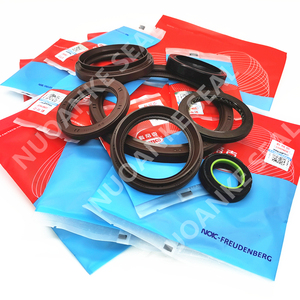














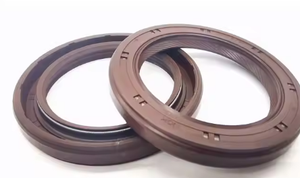










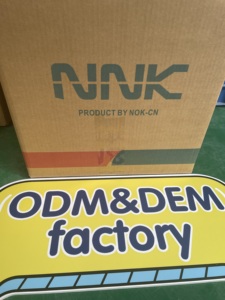
















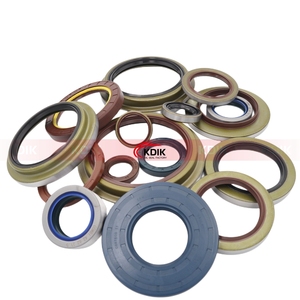








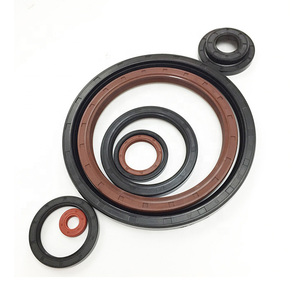
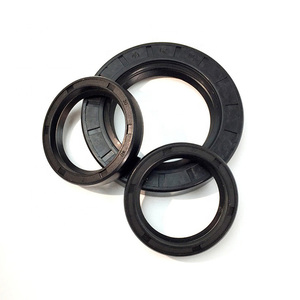































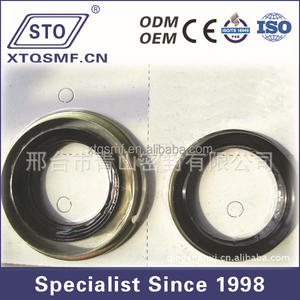


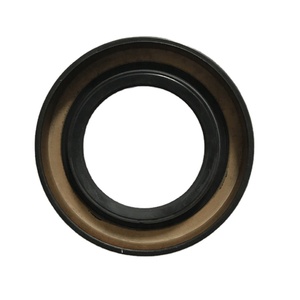





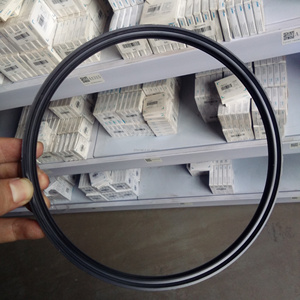
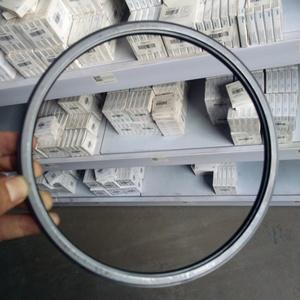




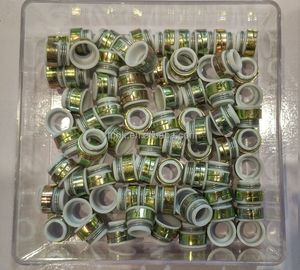

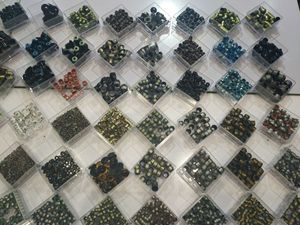
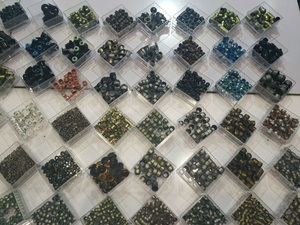








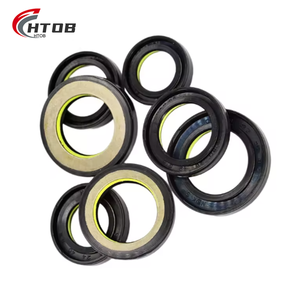













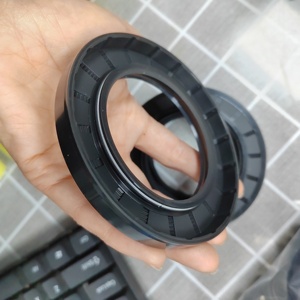

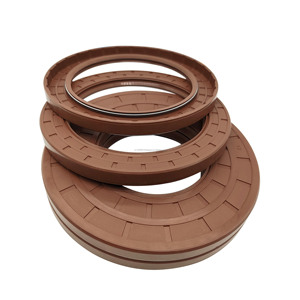

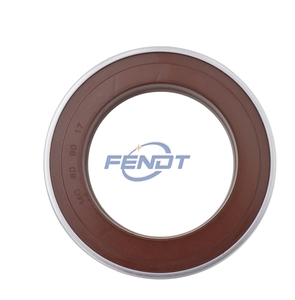

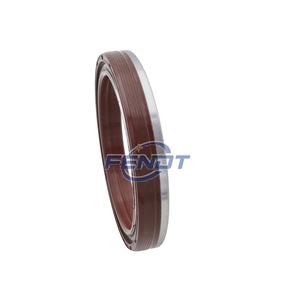

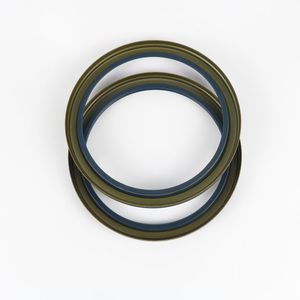
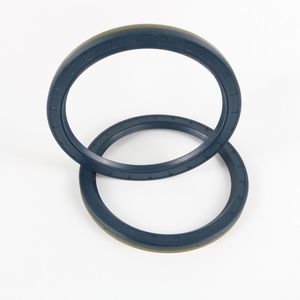

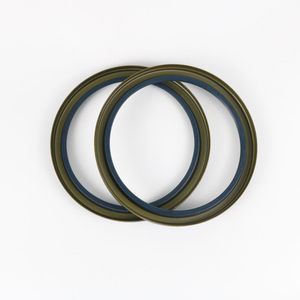





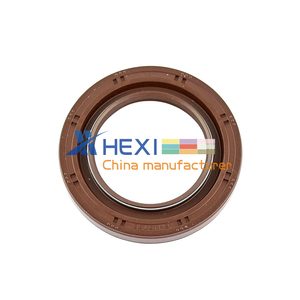











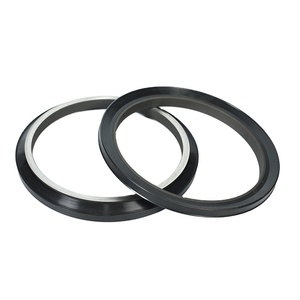






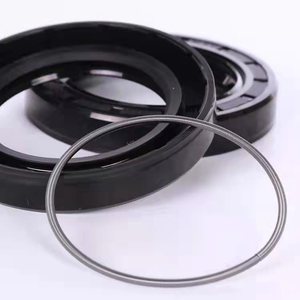

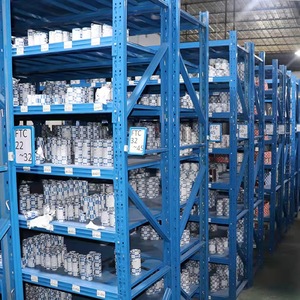





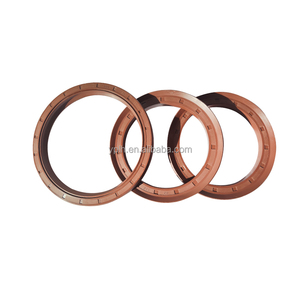











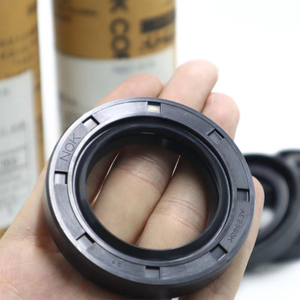







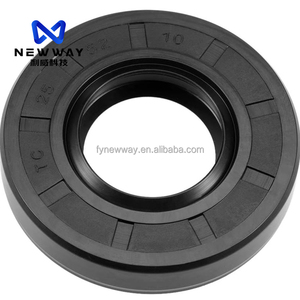
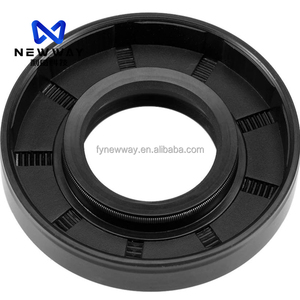
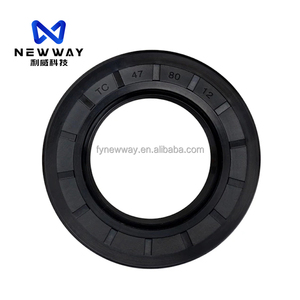






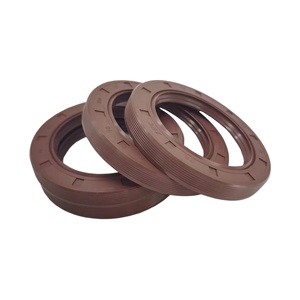






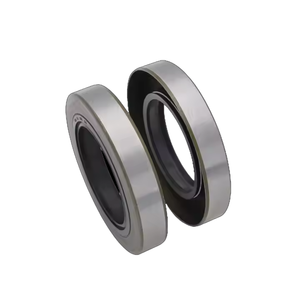


Japanese oil seals come in different forms. Each is made to provide optimal sealing for specific tasks.
The most popular type of oil seal is the rubber oil seal. It has various uses where flexibility is needed. These include in automotive parts and in machine tools. Moreover, rubber oil seals give good sealing against liquids and dust. This is while still allowing some movement in the sealed parts.
Metal-cased oil seals combine rubber with metal reinforcements. These offer strong sealing with increased durability. Users mount them in heavy machinery and automotive parts where both rigidity and flexibility are required. In addition, the metal casing adds support to the seal. This helps it hold its shape under very high pressures.
PTFE oil seals suit users working in industries where fluids with extreme temperatures and chemical resistance are a must. Such fluids can be acids, bases, and solvents. PTFE is a fluoropolymer that works well in these conditions. It also has a longer service life than rubber seals. This makes it a preferred choice for the food and pharmaceutical industries.
Labyrinth oil seals are popular in high-speed applications. They offer good sealing against dust and other contaminants. However, they are not as effective in sealing liquids. Users mainly use them in automotive hubs and bearings. This is where grease is the primary lubricant. Also, they provide a protective barrier that allows airflow between the seal and the shaft. This helps reduce heat.
As the name says, double-lip oil seals have two sealing lips. This design adds an extra layer to its sealing capability. They are very useful in preventing fluid leakage in hydraulic and pneumatic cylinders. In these areas, the performance of the seal is very essential to the overall performance of the system.
Japanese seals are important in many industries. They help to improve performance and protect vital parts of the systems.
Oil seals are a must in the automotive industry for smooth engine performance. They prevent oil leaks. This means that the engine maintains lubrication where it is needed. Oil seals for car parts improve their lifespan and cut down maintenance costs. Therefore, this leads to higher efficiency and less downtime.
In manufacturing, oil seals are vital in machinery and equipment. They reduce wear and tear on moving parts by keeping lubricants in and contaminants out. This helps manufacturers keep productivity high and reduce the cost of replacing parts.
Aerospace oil seals must work well under very extreme conditions. Japanese oil seals are largely used in this space. Their durability and reliability suit them for vital applications in this industry. They are used in jet engines, landing gear, and hydraulic systems.
In the marine industry, oil seals protect boat and ship engines from saltwater, thereby avoiding corrosion. The seals also prevent dust and other particles from getting into the machinery. This ensures that boats and ships have smooth operation even in harsh environments.
Japanese oil seals find wide use in the agriculture industry. They help protect machinery and equipment from dust, dirt, and other harsh environmental elements. There is a vast range of seals for farming equipment. These improve their performance and reliability on the field.
Material Quality
Japanese oil seals use premium material for durability and performance. They offer resistance to wear and tear as well as harsh chemicals. Common materials for these seals include rubber, PTFE, and elastomers. The metal-cased options combine rubber and metal for strength and flexibility. These quality materials ensure that the seals perform well even under very extreme conditions.
Precision Engineering
Japan is renowned for its precision engineering. This goes for tools and hardware as well as oil seals. Japanese oil seals have tight tolerances that ensure proper fit and function. This makes them ideal for sensitive applications in the automotive, aerospace, and medical equipment industries.
Temperature Resistance
Many Japanese oil seals have good-temperature resistance capabilities. Seals made from PTFE and silicone withstand very high and low temperatures. This ensures performance in machines that operate under extreme thermal conditions.
Low Friction
Many Japanese oil seals, especially those made from PTFE, feature low friction surfaces. This makes them ideal for high-speed applications. They prevent wear on the shaft and seal itself. The result is therefore reduced maintenance and a longer seal life.
Versatility
Japanese oil seals are suitable for a vast range of industries. These include automotive, aerospace, industrial machinery, and marine. There is a seal for almost every application. This versatility makes them a preferred choice for manufacturers who desire reliable performance across many uses.
There are some basic steps to follow to install Japanese oil seals no matter the type of seal one is installing. Understanding these steps helps one choose and install the seal rather easily.
Clean the Area
Before installing an oil seal, clean the area where it will be installed. Remove any old sealant or residue from the previous seal to ensure a proper seal installation.
Lubricate the Seal
Once the installation area is clean, apply a thin layer of lubricant. Use the same fluid as the one that will be sealed by the oil seal. This helps the seal to slide into place without damage.
Align the Seal
Carefully align the oil seal with the housing/shaft it will be sealing. Make sure it is straight to avoid damaging the seal during installation.
Install the Seal
Use a seal driver or a similar tool to gently tap the oil seal into place. Apply even pressure to ensure the seal is properly seated. Never use excessive force. This can damage the seal or the housing.
Check for Proper Installation
After installing the seal, double-check that it is evenly seated.
Regular Inspections
For seals to serve their users for a long time, it is important to check them frequently. Users can check for any signs of wear and tear. Pay attention to cracks, hardening, or deformation. Catching these issues early helps avoid further damage to the equipment.
Proper Lubrication
Maintaining proper lubrication in sealed areas is critical. It helps reduce friction between moving parts. Poor lubrication causes seals to wear out faster than normal. On the other hand, the right lubricant helps the seal last longer.
Environmental Control
Many seals fail due to exposure to extreme temperatures and chemicals. Therefore, control the environment where the sealed equipment operates. This helps prolong the seal’s life. Japanese PTFE seals suit users with very extreme environments.
Immediate Replacement
Good management of oil seals means that worn-out seals must be replaced as soon as possible. Running equipment with damaged seals leads to more wear on parts.
Choosing the right oil seal goes beyond the seal's make. One has to consider the operating conditions, equipment type, and so on. Here are some of these factors.
This is probably the most important factor. Japanese oil seals are designed for a wide range of conditions. They then make them suitable for almost any application. However, users need to select the seal based on the specific elements present in their environment. Here are some examples:
Temperature
Users with equipment operating under very high or very low temperatures should go for seals made from silicone or PTFE. They are ideal for very high and very low temperatures.
Media Compatibility
What kind of fluids are users sealing in their equipment? PTFE and Viton seals are the best for sealing users who have harsh chemical environments. They have strong resistance to acids, bases, and organic solvents.
Speed and Load
Users who frequently operate their machinery at high speeds should go for low-friction seals like PTFE. This is because seals tend to wear out from heat generated by friction. Furthermore, in high-load conditions, choose seals that provide high wear resistance. Examples include silicone and metal-cased oil seals.
What kind of equipment do users have? The type of machinery will determine the oil seal that is suitable for it. For instance, hydraulic systems perform better with double-lip seals. They provide extra sealing power for fluids. On the other hand, automotive engines work well with standard rubber oil seals.
Some oil seals come with easier installation processes than others. For instance, lip seals require special tools to install. Thus, go for them if space is cramped. Think about the method of installation as well. Do the users prefer mechanical seals? Maybe you should consider this option if they intend to change their seals often. They are easy to install and remove.
It is tempting to go for the cheapest option in the market when choosing an oil seal. Do not do this, though. A good-quality seal reduces the overall cost in the long run. Cheap seals wear out fast. They not only cost more in replacing them frequently but also can damage the equipment. Then, users incur additional costs in repairing or replacing these damaged parts.
Japanese oil seals are made for a wide range of industrial applications. Hence, they can be used in extreme conditions. Their high-quality materials, such as PTFE and silicone, provide excellent resistance to heat, chemicals, and pressure. This makes them suitable for sealing in environments with extreme temperatures, chemical exposure, or high pressure. Just ensure that the right type of oil seal is chosen for the specific operating conditions.
Japanese oil seals come in many sizes and types. This makes them compatible with a large pool of machinery. However, it's crucial to select the right oil seal based on the machinery's specifications. Always consult the manufacturer's guidelines to ensure compatibility. This will help avoid premature wear or seal failure.
Japanese oil seals have a reputation for their durability. The country uses high-quality materials like silicone and PTFE. They have also developed seals to have resistance to wear, heat, and chemical exposure. All these factors add to the durability of the seal. Moreover, seals have a history of lasting longer in high-demand applications.
No, Japanese oil seals require no special maintenance. They do require the same basic maintenance as other oil seals, though. Just ensure regular inspections. Also, maintain proper lubrication in the sealed areas. This helps prevent dry contamination. Moreover, avoid over-lubricating, as this can cause damage.
Japanese oil seals are mostly made from rubber or elastomeric materials. These can degrade when exposed to extreme temperatures, chemicals, or direct sunlight. Thus, store these seals in a cool, dry place away from direct sunlight and ozone. A sealed container to prevent dust accumulation is a good storage method.